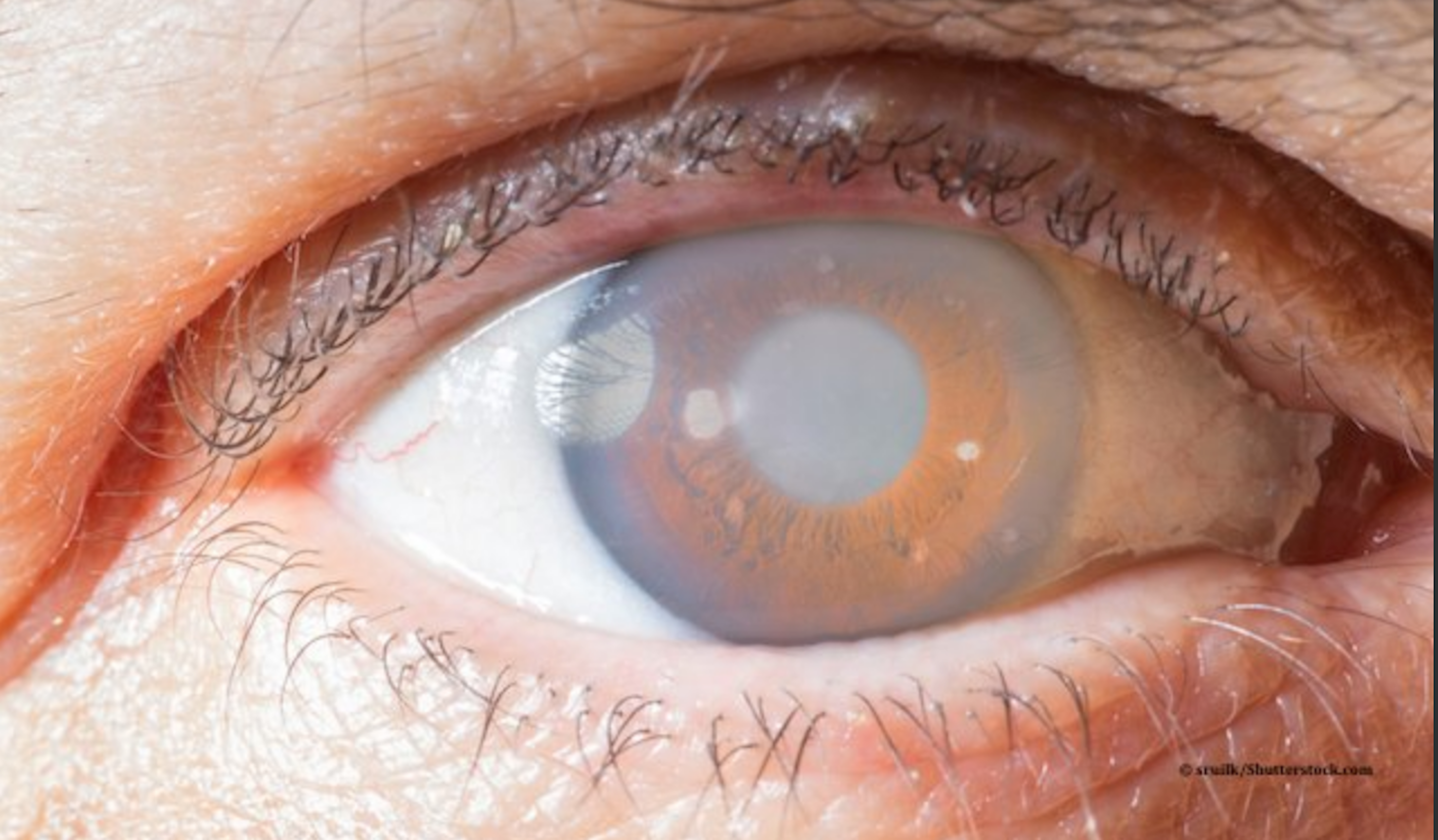UK guidelines for glaucoma treatment make significant change
The National Institute for Health and Care Excellences announced SLT as the new primary form of glaucoma intervention.

New glaucoma guidelines1 by the UK's National Institute for Health and Care Excellence (NICE) changes the primary intervention from instillation of eye drops, the long-time standard of care, to selective laser trabeculoplasty (SLT).
The new guidelines arose from the findings of the multicenter Laser in Glaucoma and Ocular Hypertension (LiGHT) study,2 led by Ophthalmology Consultant and Chief Investigator Gus Gazzard from Moorfields Eye Hospital, and professor of Glaucoma Studies at the University College London Institute of Ophthalmology, London.
Before this change, SLT had been the second treatment choice when drop instillation proved problematic for some patients.
The LiGHT study, which took a close look at the effects of laser therapy, compared the quality of life and visual acuity in 2 patient groups: those who started glaucoma treatment with drops and those who were treated first with SLT and then later were prescribed drops as needed.
No study patients had been treated previously for glaucoma.
The results of the LiGHT Study indicated definitively that laser treatment was more regarding the visual outcomes as well as safer and more cost effective over the long term because laser application reduced the need for drop instillation and the number of hospital visits.
Eye drops historically have been associated with high cost, lack of patient compliance, and toxicity to the corneal surface.
“It’s unusual for a trial such as the LiGHT Study to have such a profound impact, and fantastic that NICE have considered our results to be so robust that they have relied on them for a major shift in guidelines," Gazzard said. "It’s an excellent example of how bench-to-bedside research, funded by the [National Institute for Health Research], can make a real difference to patients’ lives.”
The belief is that this change in treatment will have a major positive impact on the lives of patients and on the provision of glaucoma services.
The American Academy of Ophthalmology’s Preferred Practice Pattern and the European Glaucoma Society also responded with updated guidelines as a result of the LiGHT Study results.
References
1. National Institute for Health and Care Excellence. Glaucoma: diagnosis and management.NICE guideline [NG81]. January 26, 2022. Accessed March 17, 2022. https://www.nice.org.uk/guidance/ng81
2. Gazzard G, Konstantakopoulou E, Garway-Heath D, et al. (2019) Selective laser trabeculoplasty versus eye drops for first-line treatment of ocular hypertension and glaucoma (LiGHT): a multicentre randomised controlled trial. Lancet 2019;393(10180): 1505-16.
Newsletter
Want more insights like this? Subscribe to Optometry Times and get clinical pearls and practice tips delivered straight to your inbox.